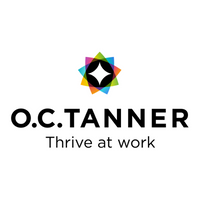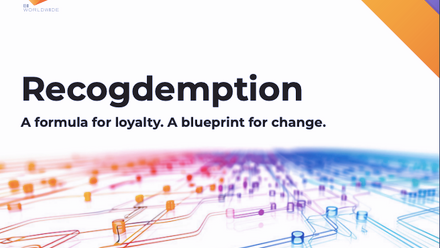How to build a workplace culture that’s right for your organisation and your employees

Start with purpose and values
If leaders aren’t totally clear what the company’s purpose and values are, then confusion will reign and nurturing a thriving culture will be incredibly difficult. A successful workplace culture is only possible when it’s clear what difference the company is trying to make in the world, which principles it holds dear and how people are expected to behave.
So purpose and values need to be determined, clarified and clearly communicated in a way that everybody understands. These values should then be the guiding light for all decision making, from recruitment through to performance management and wellbeing initiatives. And remember that it’s important to be totally honest and realistic when determining purpose and values – they must resonate with everyone in the company rather than simply being a poster on the Chairman’s wall, otherwise cynicism will grow and cracks will appear.
Behaviours must lead the way
Daily behaviours determine organisational culture, and not what the annual engagement survey reports. Acceptable behaviours must therefore be fully understood by all and, of course, guided by purpose and values. For instance, if a telecommunications company’s purpose is ‘connecting loved ones’, it’s main values may be ensuring excellent customer service and delivering innovation. Translating this into desired behaviours may mean that customer calls should be answered within 30 seconds, customer care needs to be first-rate and creative ideas are encouraged and shared.
By frequently and publicly recognising and rewarding these desired values-based behaviours employees are encouraged to repeat them, thus reinforcing company-values and helping to create a strong workplace culture.
Consider micro-experiences
Leaders need to understand that a culture is created through employees’ everyday micro-experiences – human interactions and events, trials and triumphs, adventures and misadventures – rather than ad hoc experiences throughout the year. To strengthen a workplace culture, it’s important to focus on these micro-experiences as well as ways of creating regular positive (peak) experiences for employees while limiting negative (valley) experiences.
These peak experiences could include recognition moments, from simple “thank you” emails through to more formal celebrations, as well as providing employees with a range of opportunities projects.
An organisational culture is complex but it’s not intangible. It can be changed, strengthened and broken, which is why it’s important to get it right and then reinforce the culture in everything that’s said and done, every single day.
The author is Robert Ordever, MD of workplace culture specialist, O.C Tanner Europe.
This article is provided by O.C Tanner Europe.
Supplied by REBA Associate Member, O. C. Tanner
Giving teams the integrated tools they need when, where and how they need them.







